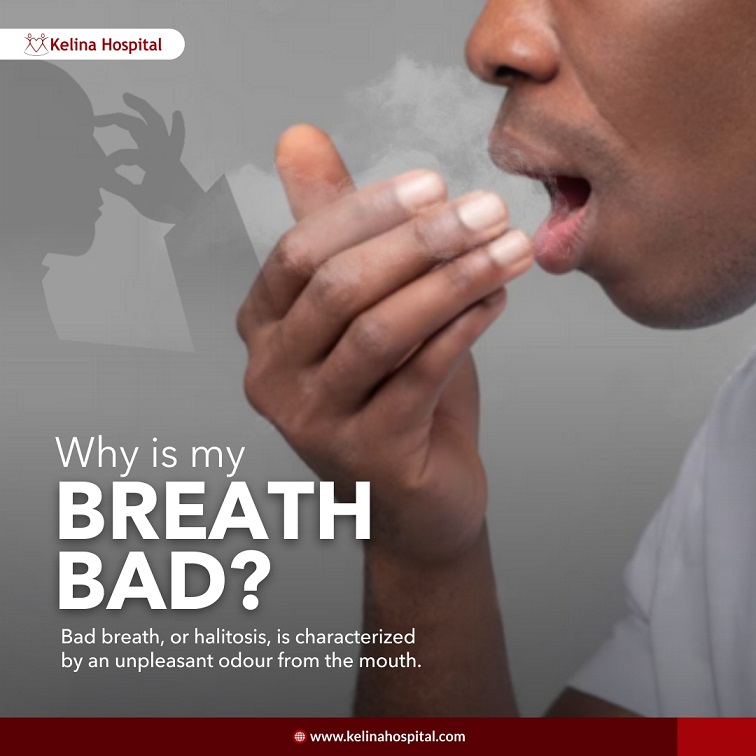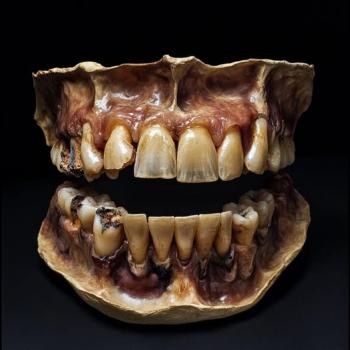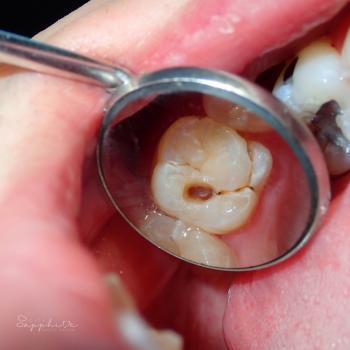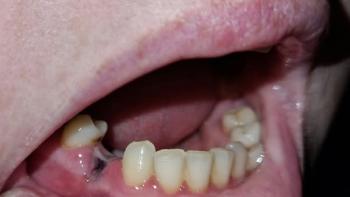We Bring Back the Sparkle in Your Smile.
Bakit Parang May Mabahong Amoy Ako? The Hidden Culprit Behind Chronic Bad Breath

Topics:
Welcome to the "Bagong Ngiti" Blog – Your guide to uncovering the truth behind common dental health issues in the Philippines.
How many times have you whispered that question to yourself, followed by a frantic mint or a vigorous brush? In the Philippines, it's a common scene: we notice a lingering bad breath, feel a slight toothache, or see a spot of blood in the sink, and our immediate thought is, "Bahala na, mamaya na 'yan." We promise ourselves we’ll visit the clinic... later.
But "later" often becomes "when the worst thing happens." We ignore the warning signs until a minor issue ignites into a full-blown dental emergency. This is the story of Miguel, and it’s a story we see far too often.
The Story of Miguel: "Later" Became Too Late
Miguel, a 28-year-old call center agent, had been battling bad breath for months. He blamed it on his coffee, the late-night snacks, and the stress. His hygiene was okay—he brushed every day—but he kept putting off a dental check-up. "It's just bad breath," he thought. "I'll visit the clinic when I have time."
But his health began to decline. He started feeling a constant, dull pain in his throat and a feeling that something was stuck. He was constantly tired and self-conscious, avoiding close conversations. It wasn't until he developed a fever and sharp, stabbing pain when swallowing that his fear was overtaken by necessity. Once his health declined, that was the time he finally visited the clinic.
At our clinic, the diagnosis wasn't a simple cavity. After a thorough examination, we found the real culprit hiding in the back of his throat: tonsil stones, or tonsilloliths.
The Hidden Truth: It's Not Always Your Teeth
Miguel’s story is a powerful reminder that few people realize one of the most common causes of persistent bad breath isn’t dental at all — it’s tonsil stones.
Those tiny white or yellowish dots on his tonsils weren’t just food debris or pus. They were solid clusters of bacteria, dead cells, and organic waste trapped in the tonsil’s natural crypts, where they had gradually hardened over time.
As they compacted, they released volatile sulphur compounds, producing that foul, rotten-egg odor that regular brushing or mouthwash couldn’t eliminate. This is why Miguel, like many others with tonsil stones, struggled with chronic halitosis despite his basic oral hygiene.
Why Do Tonsil Stones Form?
They’re more likely to form in individuals with certain conditions, such as:
-
Repeated tonsil infections (like Miguel's history of strep throat).
-
Chronic mouth breathing (common during sleep or with allergies).
-
Poor oral hygiene, which upsets the mouth’s natural bacterial balance.
-
Chronic dry mouth, often caused by medications or dehydration.
Though not typically dangerous, they can cause a cascade of problems: relentless bad breath, throat irritation, difficulty swallowing, or that nagging foreign-body sensation Miguel felt.
Breaking the Cycle: Don't Wait for "The Worst"
For Miguel, the solution involved a professional removal of the stones and a new daily routine. We emphasized that maintaining excellent oral hygiene, including gentle tongue cleaning and using alcohol-free antibacterial mouthwashes, can help prevent their recurrence.
But his story's most important lesson is this: Frequent or bothersome cases should be evaluated by a dentist or ENT specialist. You don’t have to live with the discomfort and embarrassment.
Remember — not all bad breath comes from the teeth. Sometimes, the culprit hides a little deeper, in the tonsils. Don't wait for a decline in your health to take action. That first sign of persistent bad breath is your body's way of asking for help. Listen to it, and schedule that check-up you've been putting off.
Your confidence and your health are worth more than a "mamaya na."
Looking for dentist : Visit directory list
image source:
https://www.kelinahospital.com/healthcare/why-is-my-breath-bad/












